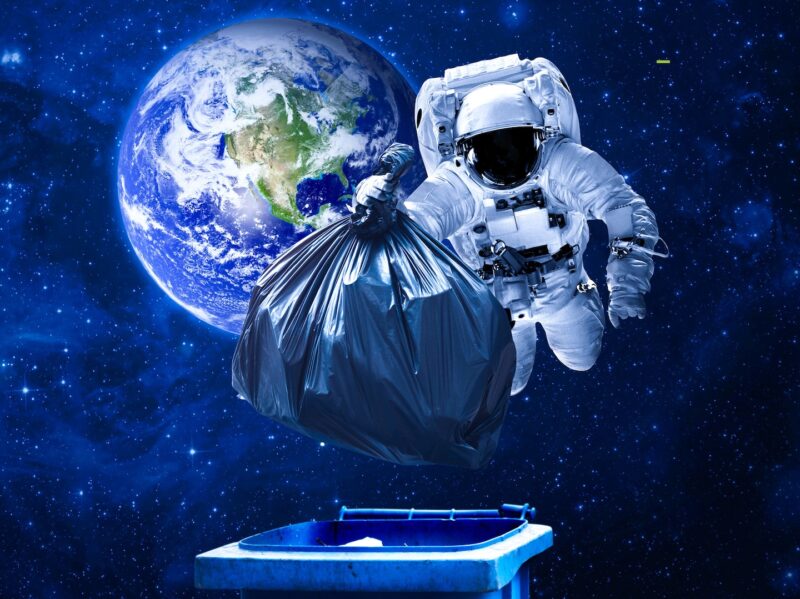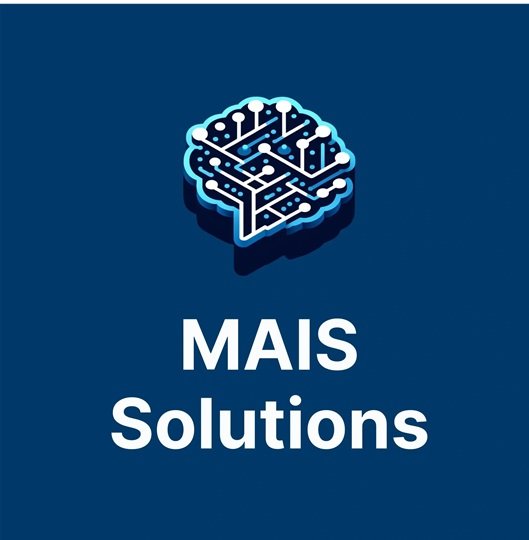Your cart is currently empty!
Emerging Trends in Satellite Communication
Back to: Communications Satellites Connecting the World
Overview
This lesson delves into the transformative advancements shaping the future of satellite communication. From mega-constellations and artificial intelligence to quantum communication and sustainability, these emerging trends are revolutionizing how satellites operate and serve the needs of a connected world. Learners will gain a comprehensive understanding of these trends and their potential to drive innovation, improve efficiency, and address the challenges of modern connectivity.
Learning Objectives
By the end of this lesson, participants will:
- Evaluate the potential of these trends to address existing challenges and create new opportunities in satellite communication.
- Explore the latest developments in satellite communication technology, including AI, quantum technologies, and advanced materials.
- Understand the role of mega-constellations in enhancing global connectivity.
- Analyze the implications of sustainable practices and international collaboration in satellite operations.
Mega-Constellations: Transforming Global Connectivity

The emergence of mega-constellations, networks composed of thousands of low Earth orbit (LEO) satellites, marks a paradigm shift in global connectivity. Projects such as SpaceX’s Starlink, OneWeb, and Amazon’s Project Kuiper aim to deliver high-speed internet to underserved regions, bridging the digital divide and transforming how communities access online services.
Benefits of Mega-Constellations
Mega-constellations bring unprecedented improvements in latency and bandwidth by positioning satellites closer to Earth. This proximity reduces delays and enhances real-time applications, including telemedicine, gaming, and live video conferencing. Additionally, the distributed nature of these networks provides redundancy, ensuring reliable service even if individual satellites encounter issues.
Imagine a rural healthcare center in a remote region benefiting from telemedicine services powered by a mega-constellation. Real-time video consultations with specialists in urban hospitals become possible, enhancing patient care and saving lives.
Challenges and Solutions
Despite their promise, mega-constellations face challenges such as orbital congestion, space debris, and high deployment costs. Companies are addressing these issues through advanced collision-avoidance systems, active debris removal technologies, and reusable rocket launch systems. SpaceX, for instance, employs autonomous systems to prevent collisions and has integrated de-orbiting mechanisms to mitigate long-term debris risks.
Artificial Intelligence and Automation in Satellite Systems
Artificial intelligence (AI) and machine learning (ML) are unlocking new possibilities in satellite operations, making systems more intelligent, efficient, and autonomous. From optimizing satellite functions to interpreting massive datasets, AI is reshaping satellite communication across industries.

Applications of AI in Satellites
AI enables satellites to perform real-time adjustments, such as repositioning for optimal coverage, conserving power, and avoiding collisions, without human intervention. Machine learning models process vast amounts of data collected by satellites, generating actionable insights for agriculture, urban development, disaster management, and environmental monitoring. Predictive maintenance powered by AI algorithms allows operators to preemptively address potential system failures, reducing downtime and extending satellite lifespans.
Real-World Example: AI in Earth Observation
Earth observation satellites equipped with AI capabilities monitor climate changes, deforestation, and natural disasters. These systems provide governments and organizations with real-time data to address environmental challenges effectively, aiding in disaster response and long-term planning.
Quantum Communication: The Next Frontier
Quantum communication represents a revolutionary leap in secure data transmission. By leveraging principles of quantum mechanics, such as entanglement and superposition, satellites can establish ultra-secure communication networks.
Key Features of Quantum Communication
Quantum key distribution (QKD) ensures that any attempt to intercept or tamper with data is immediately detectable, providing unparalleled security for sensitive communications. Quantum satellites enable secure communication over vast distances, far exceeding the capabilities of traditional fiber-optic networks.
Current Innovations
Countries like China, with the launch of its Micius satellite, are leading efforts to create global quantum networks. Collaborative projects across Europe and the United States are also advancing quantum satellite communication, with applications ranging from secure government communications to financial transactions.
Advanced Materials and Miniaturization
Breakthroughs in materials science and miniaturization are enabling the development of smaller, lighter, and more cost-effective satellites. These innovations enhance functionality while reducing costs and improving deployment efficiency.
Examples of Advanced Materials
Radiation-resistant coatings protect satellite components from harsh space conditions, extending operational lifespans. Lightweight, flexible solar panels maximize energy generation, even in limited space. Additive manufacturing techniques like 3D printing reduce production costs and accelerate the development of complex satellite parts.
Miniaturized satellites, such as CubeSats, demonstrate how these advancements are making space accessible to smaller organizations and research institutions, fostering innovation and collaboration.
Sustainability in Satellite Communication
Sustainability has become a critical focus as the satellite industry expands. Efforts to minimize environmental impact and manage orbital congestion are essential for ensuring the long-term usability of space.
Sustainable Practices in the Satellite Industry

Reusable rockets pioneered by companies like SpaceX and Rocket Lab significantly reduce costs and waste. Technologies for active debris removal and adherence to regulations requiring satellites to de-orbit after their missions help prevent orbital congestion. Green propulsion systems reduce harmful emissions, promoting more sustainable satellite operations.
Global Collaboration for Sustainability
International organizations, such as the United Nations Office for Outer Space Affairs (UNOOSA), are promoting cooperative efforts to establish sustainable practices for satellite deployment and operation. These initiatives ensure that space remains accessible and viable for future generations.
Reflection and Discussion
- How do mega-constellations improve global connectivity, and what challenges do they pose?
- In what ways can AI and machine learning enhance satellite operations and applications?
- Discuss the potential impact of quantum communication on cybersecurity and global communication networks.
- How can the satellite industry balance growth with environmental sustainability?
Copyright 2024 MAIS Solutions, LLC All Rights Reserved
